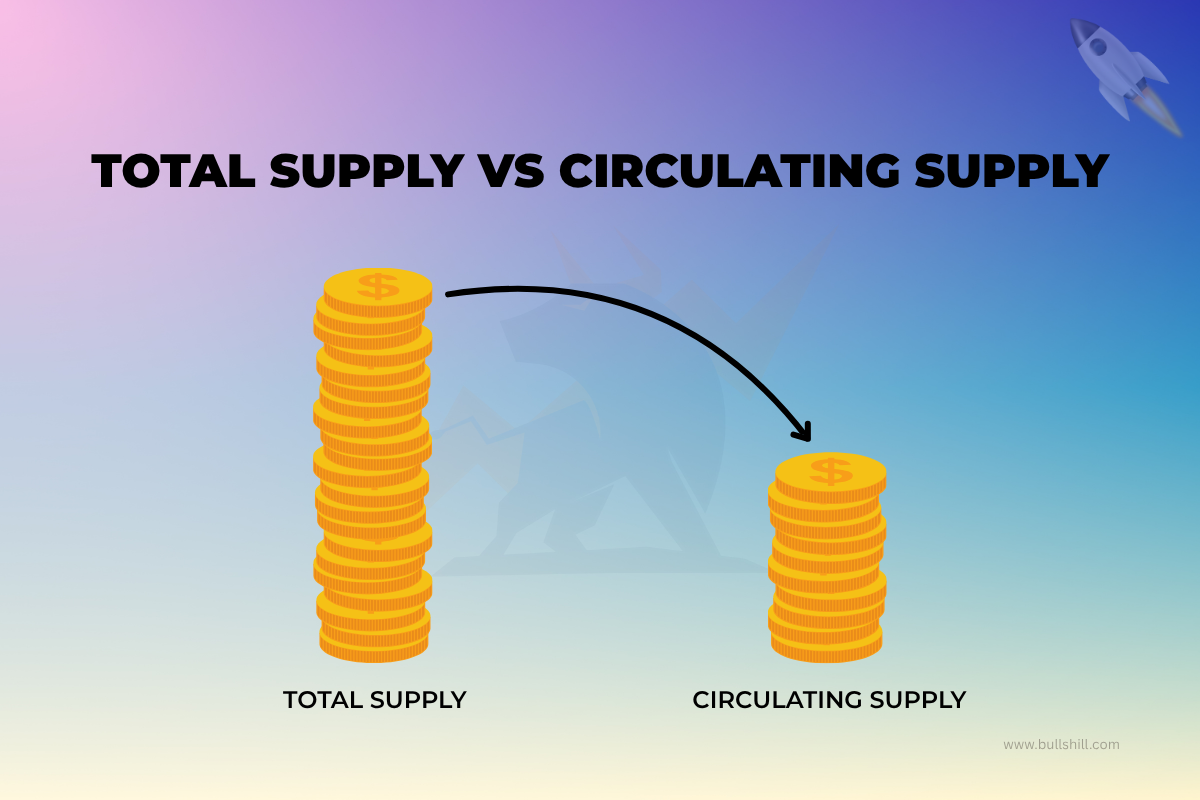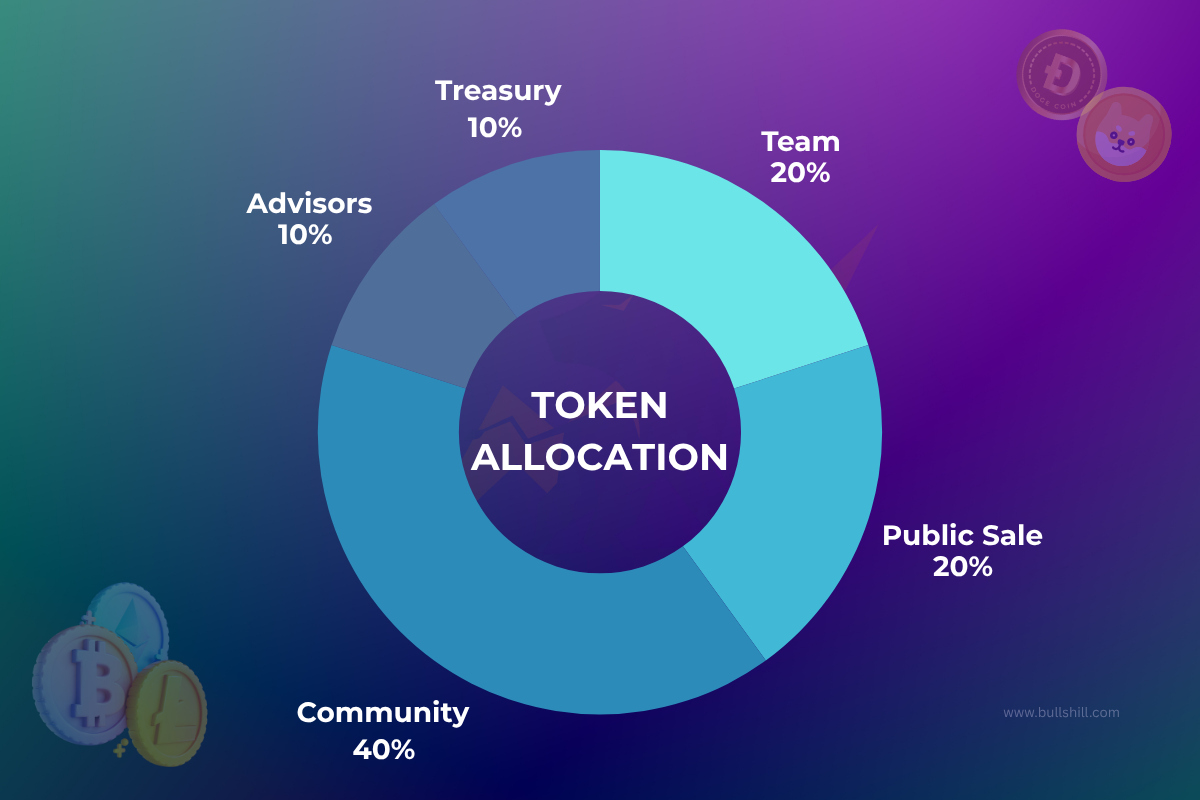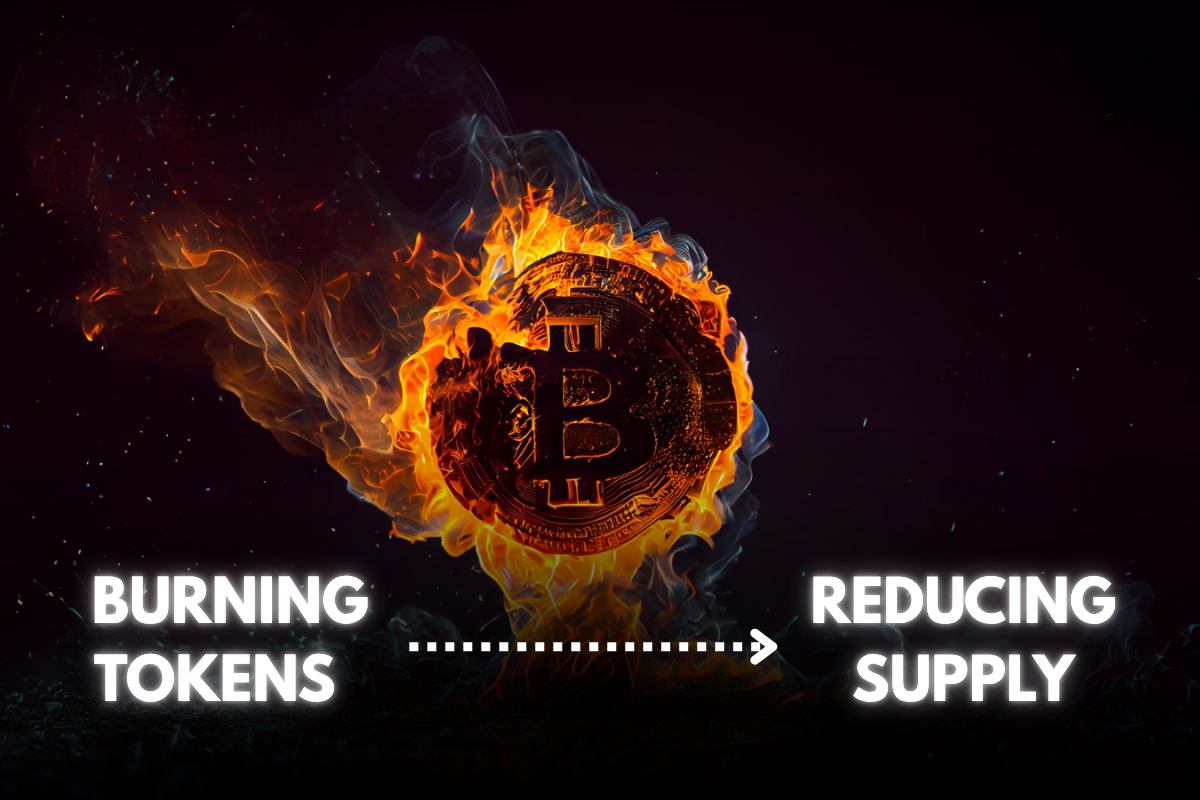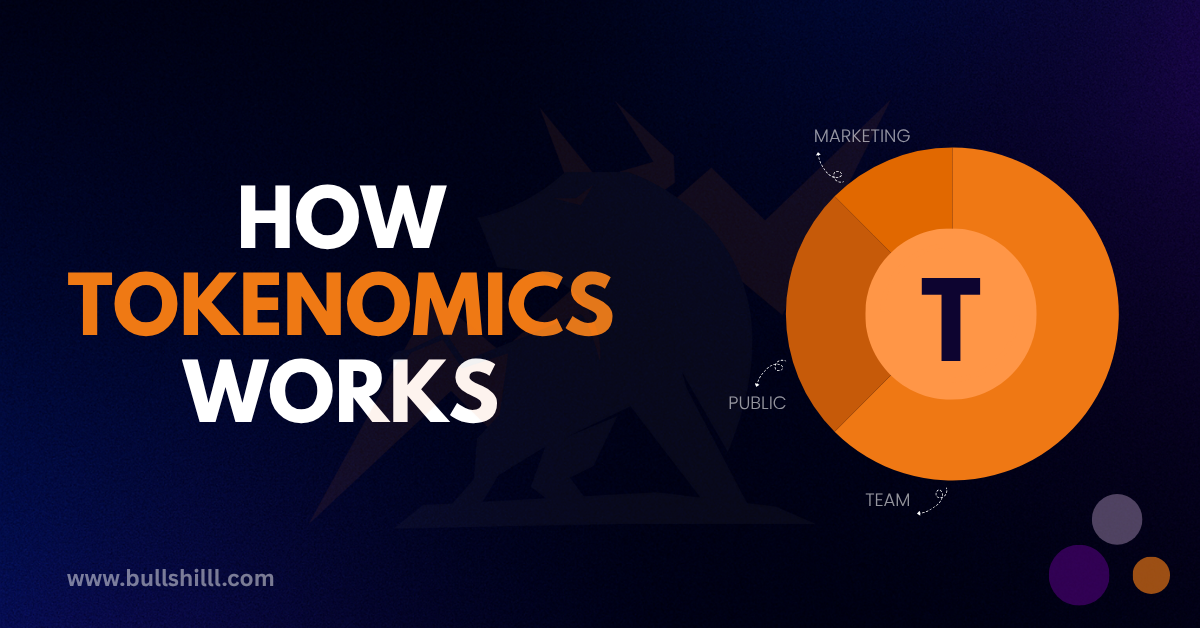If you’re even a little curious about crypto coins, tokens, or blockchain projects, you’ve probably heard the term “tokenomics” thrown around. It sounds fancy, but it’s not that complicated. In fact, once you master it, tokenomics becomes one of the most important things to understand before investing in any cryptocurrency project.
So, let’s break it all down in a simple, easy way, no technical mumbo-jumbo, just real talk!
What is Tokenomics?
Tokenomics is short for “token economics.” It’s all about how a crypto token works in its own mini economy, how it’s created, distributed, used, and how it holds or grows in value.
Think of tokenomics as the rules of money in a crypto project. Just like a country has its own financial system, every token has its own little system too. The better the tokenomics, the more valuable and trustworthy the token becomes.
Why Tokenomics Matters (More Than You Think)
Before buying any token or investing in a Web3 project, people always say, “Check the tokenomics.” But why?
Because tokenomics tells you if the token is:
- Sustainable or just a short-term pump
- Fairly distributed or controlled by a few whales
- Designed to reward early adopters or drain retail investors
Poor tokenomics = fast crash.
Smart tokenomics = long-term success.
Key Parts of Tokenomics
Let’s go through the important parts of tokenomics, one by one, but with simple words and easy logic.
1. Total Supply vs Circulating Supply

- Total Supply = The maximum number of tokens that can ever exist.
- Circulating Supply = The number of tokens currently in use or trading.
If a token has a very high total supply, it might be inflationary, meaning it loses value over time, unless it has strong use cases. If the circulating supply is low, prices might be more volatile.
Always check both before buying a token.
2. Token Allocation (Who Gets What)

This is about how the tokens are distributed when they’re first created:
- Team: The developers and founders (usually get 10–20%)
- Investors: Early backers or venture capitalists
- Public Sale: What the public can buy during IDO/ICO
- Community Rewards: Airdrops, staking rewards, etc.
- Reserves/Treasury: Held for future use or emergencies
If the team or early investors hold a large chunk, they can sell it all quickly, and that’s a red flag. Look for vesting periods (more on that next).
3. Vesting Schedules
A vesting schedule is like a lock on someone’s tokens. It stops team members or early investors from dumping all their tokens at once.
Example: If a founder gets 1 million tokens, but they can only sell 10% every 6 months, that’s a healthy vesting plan.
Good vesting = less dumping = healthier price.
4. Utility of the Token (What Can It Do?)
![]()
A token should do something useful in its ecosystem.
- Used to pay fees
- Required to access features
- Needed to vote on proposals (governance)
- Used to earn rewards or stake
If a token has no real use case, it’s probably just hype. Tokens with strong utility are more likely to last.
5. Burn Mechanism (Like Making Tokens Disappear)

Some projects burn tokens to reduce supply. It’s like taking money out of circulation to make the rest more valuable.
Token burning = lower supply = higher value (usually)
This is a smart part of deflationary tokenomics and helps maintain price balance.
Other Factors That Shape Tokenomics
Besides the main points above, here are a few more things you’ll hear about when looking at a project’s tokenomics:
Inflation vs Deflation
- Inflationary tokens: More tokens are added over time (like DOGE)
- Deflationary tokens: Total supply gets smaller (like SHIB burning)
Depending on the use case, both models can work, but too much inflation is usually bad for price.
Liquidity
If a token has low liquidity, it’s hard to buy or sell without big price changes. Good projects lock liquidity to ensure price stability and build trust with investors.
Token Price Isn’t Everything
A low token price doesn’t mean it’s cheap. Always check:
- Market Cap = Price x Circulating Supply
- FDV (Fully Diluted Valuation) = Price x Total Supply
Sometimes a $0.001 token can be more expensive (in market cap) than a $10 one.
Real-Life Example (Let’s Make It Fun)
Imagine you make a crypto game called Dragon Gold.
You create a token called $DGLD. Here’s how you set the tokenomics:
- Total supply: 1 billion tokens
- 40% goes to players as rewards
- 20% for team (locked for 1 year, then 5% unlocked each month)
- 20% for public sale
- 10% to advisors
- 10% reserve for the future
You also add:
- Token burns when players spend it on in-game gear
- Governance rights to vote on new features
- A staking system to earn passive income
Now your token has strong tokenomics, and people are more likely to trust it, buy it, and hold it.
Final Thoughts: Tokenomics is the Heartbeat of Every Crypto Project
If crypto projects were living creatures, tokenomics would be the heart. It controls how value moves, who gets rewarded, and how strong the project stands during ups and downs.
Good tokenomics don’t guarantee success, but bad tokenomics almost always guarantee failure.
So the next time someone says “DYOR” (Do Your Own Research), you’ll know that checking the tokenomics is one of the smartest places to start.
Need Expert Help With Token Allocation
If you’re unsure how to design a strong token allocation model or still confused about the core concepts of tokenomics, we’re here to guide you. Our experienced team has successfully created and optimized tokenomics structures for multiple crypto projects, helping them achieve sustainable growth and community trust.
Contact us today and let’s build a token model that sets your project up for long-term success.
